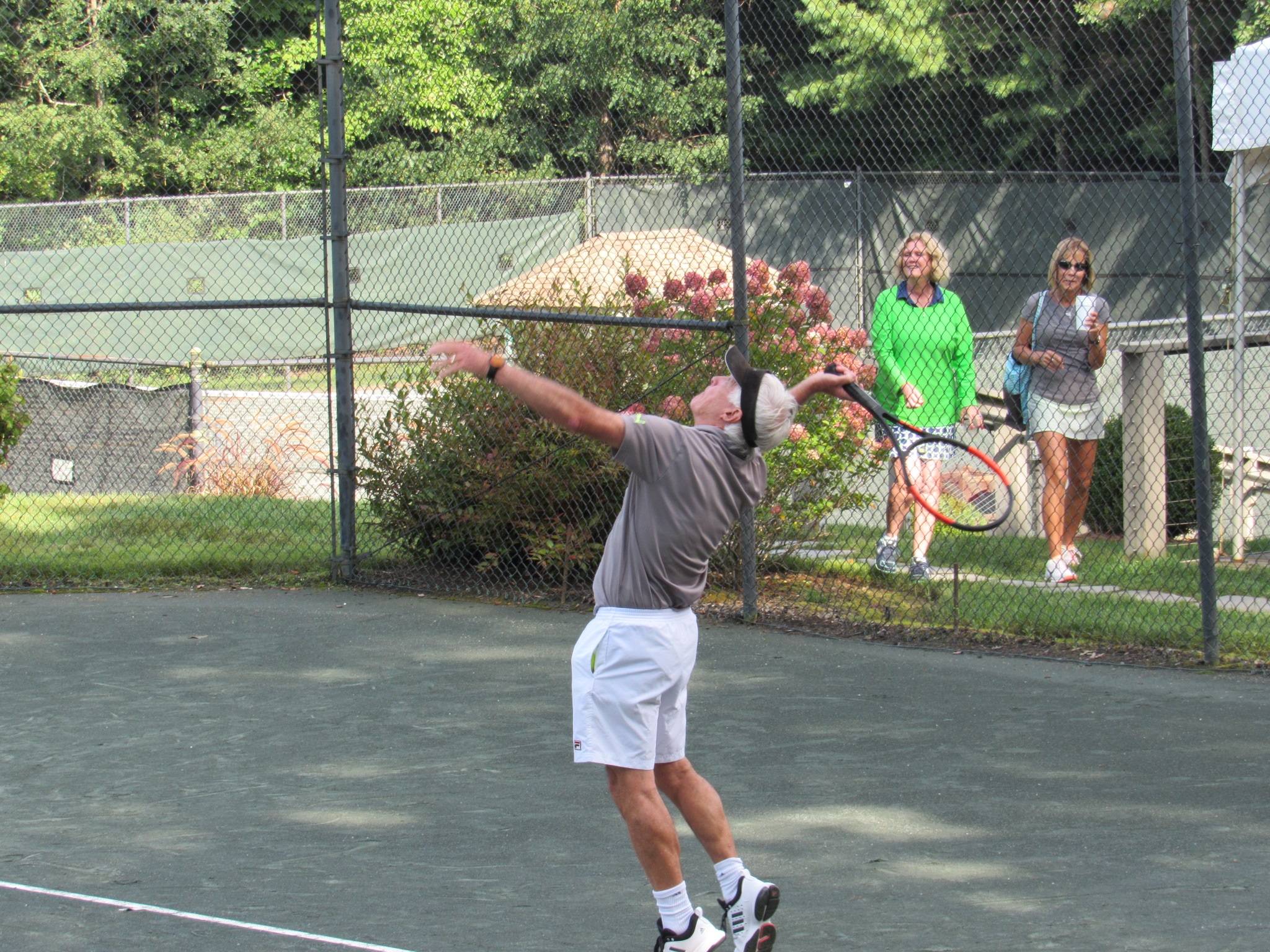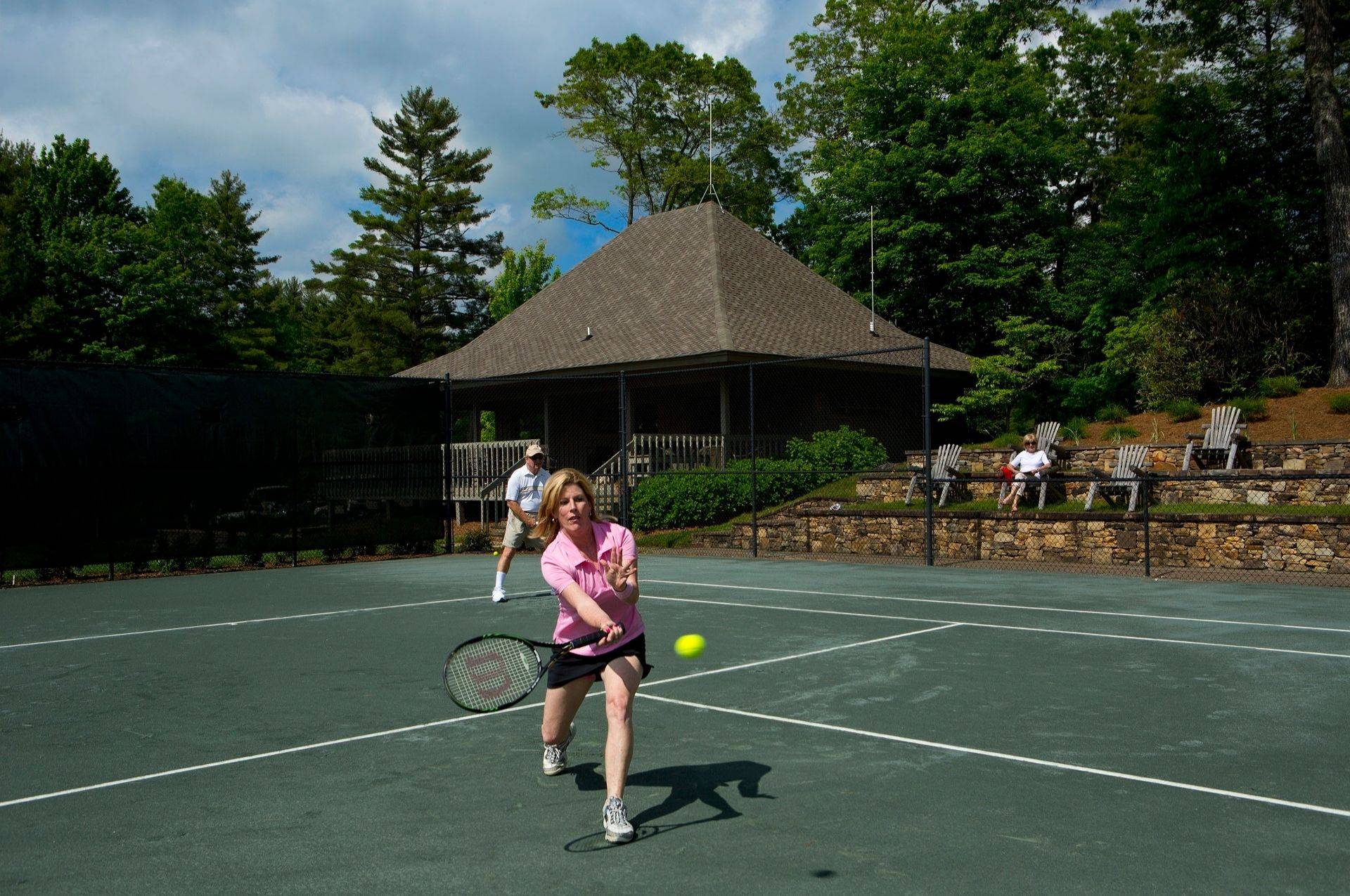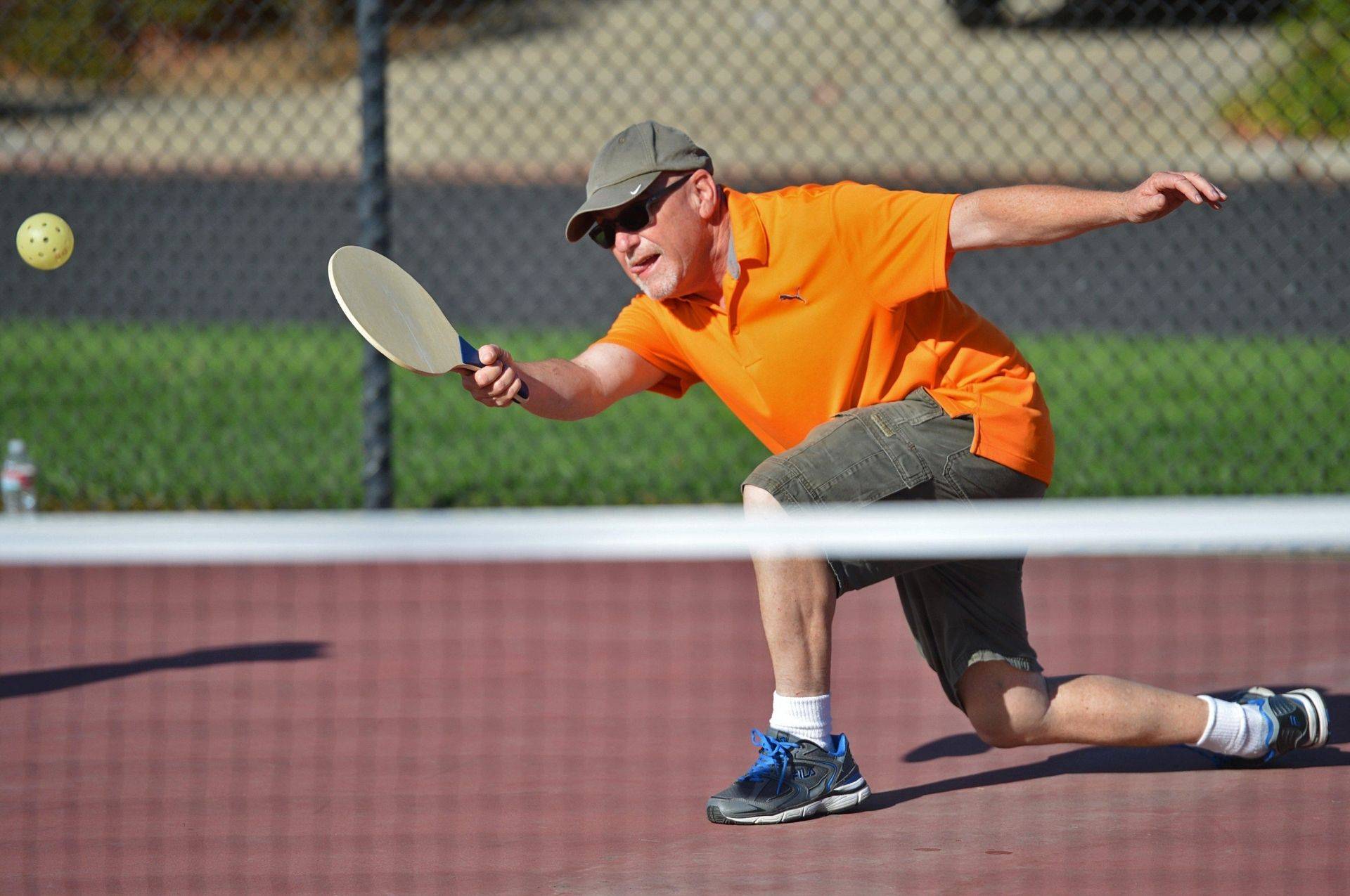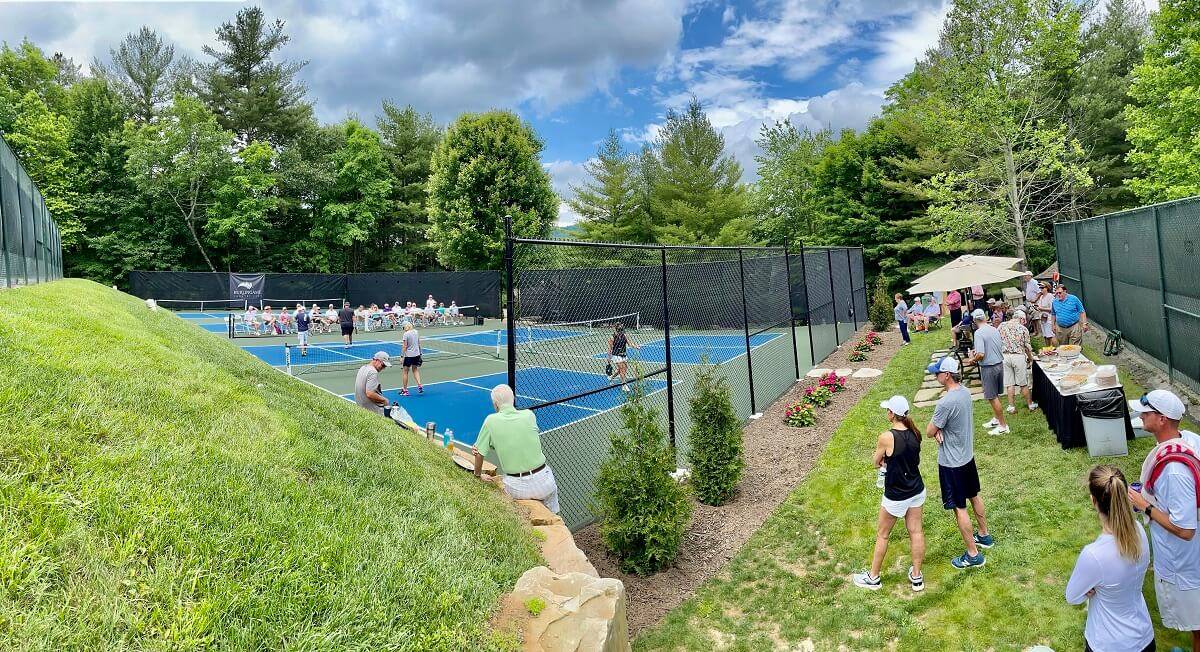Seasonal Tennis Preparation: Transitioning Your Game from Indoor to Outdoor Courts

Embracing the Open Sky
They arrive with the first warm breezes of spring, the subtle shifts that transform our game. The bright sun overhead, the gentle mountain air carrying your ball just a touch differently, the rich red clay beneath your feet responding with a satisfying slide. The transition from indoor to outdoor tennis isn’t merely a change of venue—it’s a reawakening of senses, a recalibration of skills, and for many of our members, a joyful return to the purest expression of the sport we love.
As the Har-Tru courts at Burlingame emerge from their winter rest, they invite us to adapt, to rediscover, and to grow our game in ways that indoor environments simply cannot provide. This seasonal shift presents both challenges and opportunities—a chance to refine technique, rebuild conditioning, and reconnect with the natural elements that make outdoor tennis at Burlingame such a transcendent experience.

Understanding the Fundamental Differences
The move from climate-controlled indoor facilities to our meticulously maintained outdoor courts involves adjustments that even the most experienced players must navigate.
From Consistency to Variability
Indoor tennis offers a controlled environment where lighting remains constant, air movement is minimal, and playing surfaces provide predictable ball behavior. Our Har-Tru courts, by contrast, introduce variables that demand greater adaptability. Wind patterns can subtly influence ball trajectory, sunlight conditions shift throughout the day, and humidity levels impact how the ball moves through the air.
These variables aren’t obstacles to overcome—they’re elements to embrace, offering a richer, more nuanced tennis experience that develops a more complete player.
The Surface Transformation
Perhaps the most significant adjustment involves the playing surface itself. Indoor courts typically feature consistent hard surfaces that provide predictable, often faster play. The transition to our Har-Tru clay courts introduces several meaningful changes that affect everything from movement to shot selection.
Har-Tru’s softer surface generally produces a higher, slower bounce that adds precious milliseconds to your reaction time. This characteristic particularly benefits players who employ topspin, as the gritty surface grips the ball and accentuates rotational effects. The surface also transforms movement patterns, allowing for controlled slides that permit more graceful direction changes and recovery positioning.
Recalibrating Your Game: Technical Adjustments
Successfully adapting to outdoor clay court tennis involves several technical adjustments that build upon your indoor fundamentals.
Groundstroke Adaptations
The transition to our Har-Tru courts often requires adjusting your strike zone, typically contacting the ball at a higher point in your swing path. This higher contact point, combined with the natural topspin enhancement of clay, creates opportunities for players to develop more aggressive margin in their shots.
Preparation becomes even more critical outdoors, as the variable conditions demand cleaner technique. Taking your racquet back slightly earlier compensates for potentially slower movements on clay and provides more time to adjust to unexpected conditions.
Serving Strategy Shifts
Indoor environments typically reward flat, powerful serves that skid off the surface. On our Har-Tru courts, however, this same serve loses some effectiveness as the softer surface absorbs pace and provides a more comfortable return height.
Successful outdoor serving often emphasizes placement and spin over raw power. Kick serves become particularly valuable, using the clay’s responsive surface to bounce the ball high and wide. The toss requires additional attention, as even gentle breezes can drift your ball slightly off-center. A firmer, more controlled toss with slightly less height helps maintain consistency.
Volley and Net Play Refinements
The approach to net play shifts dramatically when transitioning outdoors. Indoor tennis often rewards aggressive net rushing, while on clay, the higher bounces and slower pace give passing shot artists more time to respond, requiring a more selective approach.
Developing a slightly more cushioned volley technique—absorbing pace rather than punching through the ball—provides better control in variable conditions. Many successful outdoor players develop a more patient net game, recognizing that they may need an extra volley or two to finish points compared to indoor play.
Physical Preparation for Outdoor Success
Beyond technical adjustments, the transition to outdoor tennis demands physical preparation that acknowledges the different demands of playing on Har-Tru under natural conditions.
Endurance Development
Outdoor clay court tennis typically involves longer rallies and extended matches compared to indoor play. This characteristic places a premium on aerobic endurance, requiring players to maintain focus and technique through extended periods of exertion.
As you prepare for outdoor season, gradually increasing the duration of your cardio workouts provides the foundation for match stamina. Many of our members find that hiking Burlingame’s scenic trails offers an ideal endurance-building activity.
Lower Body Strength and Stability
The different movement patterns on clay—incorporating controlled slides and more frequent direction changes—place unique demands on the lower body. Strengthening exercises that focus on the quadriceps, hamstrings, and adductor muscles provide the foundation for safe, effective movement on the Har-Tru surface.
Balance training becomes especially important, as the slightly less stable footing on clay requires enhanced proprioception and core stability.
Heat Adaptation and Hydration
Perhaps the most obvious physical challenge of outdoor tennis involves adapting to playing in warmer conditions after months in climate-controlled facilities. Beginning with shorter outdoor sessions and gradually increasing duration provides the safest approach to heat adaptation, complemented by proper hydration before and during play.
Equipment Considerations for the Outdoor Transition
Thoughtful equipment selection can ease the transition and enhance your outdoor experience.
Many players find that lowering string tension by 2-3 pounds when transitioning outdoors helps compensate for the naturally higher bounce and slower conditions. Clay court-specific shoes with herringbone soles provide essential traction while allowing for the controlled sliding that characterizes efficient movement on Har-Tru.
The natural elements—particularly humidity and perspiration—affect grip security differently outdoors. Many players find success with slightly thicker overgrips when playing outdoors or refresh their grips more frequently to maintain optimal control.
Mental Approaches to the Seasonal Transition
Beyond physical and technical adaptations, successfully transitioning to outdoor tennis involves mental adjustments that embrace the different nature of the game on natural surfaces.
Patience and Point Construction
Perhaps the most significant mental shift involves developing greater patience in point construction. The naturally longer rallies on clay require a more methodical approach to creating advantages during play.
Successful outdoor players often focus on progressive point building—using each shot to incrementally improve their position rather than seeking immediate winners. This approach emphasizes consistent depth, strategic use of angles, and thoughtful shot selection.
Adaptability and Resilience
The variable conditions of outdoor tennis reward players who develop adaptability and resilience. Rather than becoming frustrated by these elements, the most successful players view them as integral to the outdoor experience.
This adaptable mindset extends to performance expectations during the transition period. Recognizing that your game may require several weeks to fully adjust to outdoor conditions allows for a more enjoyable adaptation process with less performance pressure.
Connection to Environment
Perhaps the most rewarding mental approach involves embracing the connection to nature that outdoor tennis provides. The opportunity to play in Burlingame’s spectacular natural setting—with panoramic mountain views and the serene beauty of our landscaped grounds—transforms tennis from merely a sport into a holistic experience that nourishes both body and spirit.
Burlingame’s Transitional Programs and Support
Recognizing the challenges and opportunities presented by the indoor-to-outdoor transition, Burlingame offers several specialized programs designed to support members through this seasonal shift.
Our annual Spring Clinic Series provides structured support with progressive clinics that focus specifically on the technical and tactical adjustments needed for successful clay court tennis.
For members seeking more personalized technical guidance, our spring video analysis sessions provide detailed feedback on how individual strokes and movement patterns may require adjustment for outdoor success.
Our spring transitional leagues offer a supportive competitive environment specifically designed for the adjustment period, featuring modified scoring formats that allow players to experience competitive situations in a more relaxed setting.
Looking Beyond the Transition: The Rewards of Outdoor Mastery
While the transition process requires patience and adjustment, the rewards of mastering outdoor clay court tennis extend far beyond the initial adaptation period.
The forgiving nature of our Har-Tru courts—with their softer surface reducing impact stress on joints—allows many members to enjoy the game well into their senior years. The technical versatility developed through adapting to different surfaces creates more complete players, enhancing skills that transfer across all playing environments.
Beyond the physical and technical aspects, outdoor tennis at Burlingame connects players to a rich tradition and vibrant community. The shared experience of adapting to outdoor play each spring creates bonds between members that extend beyond the courts themselves. This sense of community, of shared passion for the game in all its forms, represents the true heart of Burlingame’s tennis program.

Your Mountain Haven Awaits
Your private adventure starts here in the heart of Sapphire Valley, where tennis isn’t merely a game but a celebration of skill, community, and natural beauty. We invite you to discover the magic of Burlingame Country Club, where every spring brings new opportunities to reconnect with the courts, challenge yourself, and forge memories with fellow members who share your passion for the sport.
Contact us today to schedule your personal tour and experience firsthand why our members call Burlingame “The Best of Times.” Let us welcome you home to the mountain retreat you’ve always imagined—where luxury meets authenticity and every moment feels like a return to what matters most.





